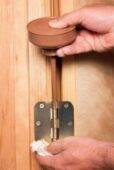Chop Saw vs Miter Saw: Understanding the Differences
When it comes to woodworking and construction, having the right tools can make all the difference. Two power tools that often come up in discussions are the chop saw and the miter saw. Though they may look similar at first glance, these saws serve different purposes and excel in different areas. Whether you’re a seasoned pro or a DIY enthusiast, it’s essential to understand the nuances of each saw to ensure you’re using the right tool for the job.
Get into the artistry world of woodworking! TedsWoodworking invites you to join a community passionate about crafting. Discover 16,000+ projects and start your woodworking adventure confidently, giving you endless DIYs to try out with your miter saw. Click here to start building and enhancing your woodworking skills.
The Chop Saw: Your Go-To Tool for Straight Cuts Through Tough Materials
A chop saw, also known as a cut-off saw, is built for making straight, 90-degree cuts. It’s the powerhouse among cutting tools, designed to slice through hard materials like metal pipes, steel, and rebar with its abrasive disc. This type of saw is prized for its robust construction and ability to handle heavy-duty cutting tasks. It typically doesn’t offer the ability to make angled or beveled cuts, which is why it is often preferred for projects that require repetitive straight cuts in tougher materials.
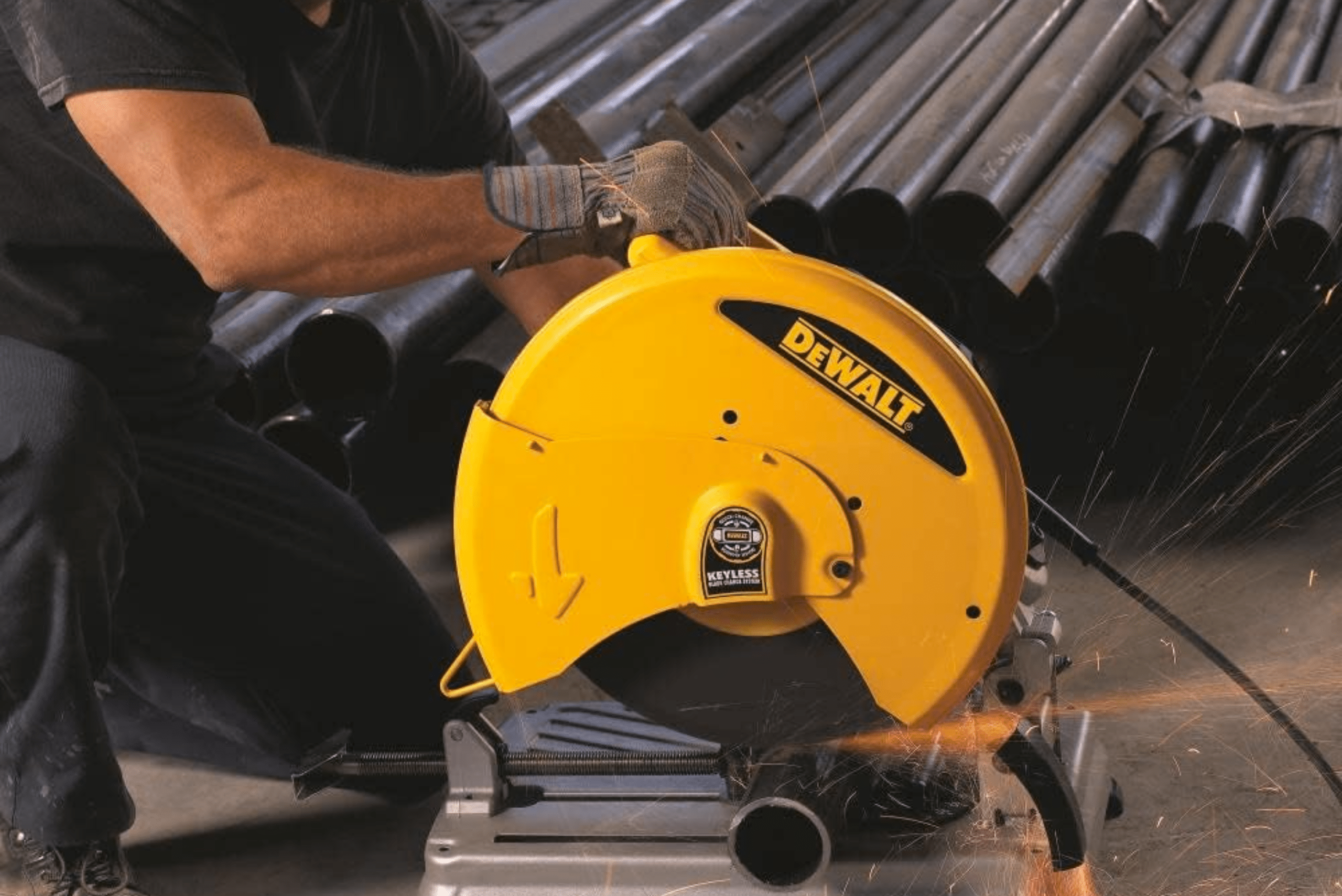
The simplicity of the chop saw makes it an excellent choice for projects that do not require a high degree of precision but demand power and durability. It’s a common fixture in welding shops and on construction sites where the primary need is for cutting to length rather than shaping or finishing.
The Miter Saw: Precision and Versatility for Angled Cuts
On the other hand, a miter saw is a more intricate tool that allows for precise angled cuts. It’s the ideal tool for woodworking projects where you need to create corners or join pieces at an angle, such as in framing, crown molding, and cabinetry. The miter saw can pivot left or right for miter cuts and can also tilt to make beveled cuts, offering a high degree of versatility.
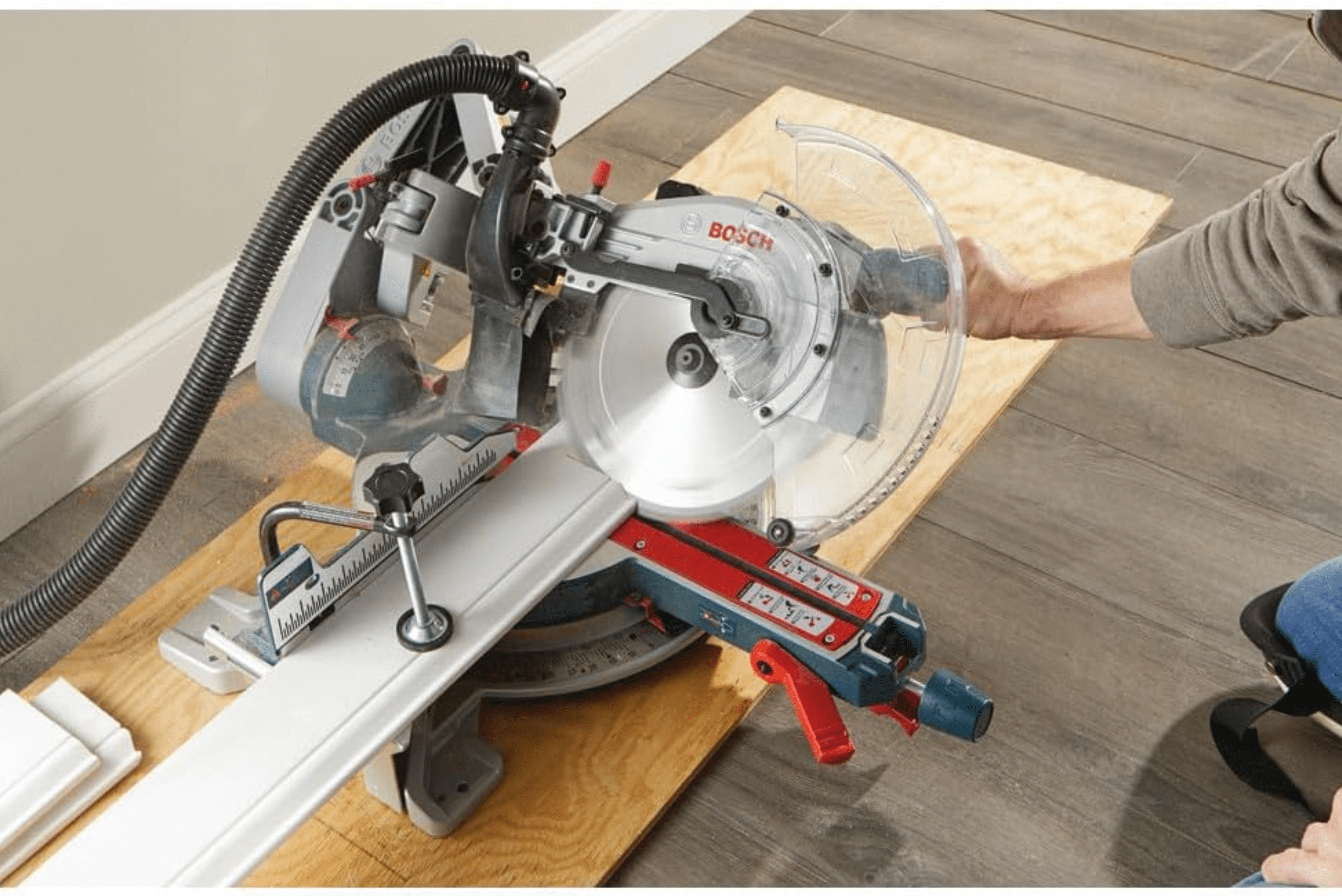
While the miter saw is less suited for cutting through very tough materials like a chop saw, it excels in making clean, accurate cuts in wood and softer materials. The added functionality of being able to adjust both the angle and the bevel makes it a staple in any woodworker’s tool collection. Whether you’re a hobbyist looking to build a picture frame or a contractor installing baseboards, the miter saw is your go-to for intricate cuts.
When to Choose a Chop Saw Over a Miter Saw for Your Project
Choosing the right saw for your project depends heavily on the material you’re cutting and the type of cuts you need to make. If your project involves cutting a lot of metal or other hard materials, especially in large quantities or sizes, the chop saw is your best bet. Its high power and durable build will allow you to make quick work of these materials without the need for the precision that a miter saw provides.
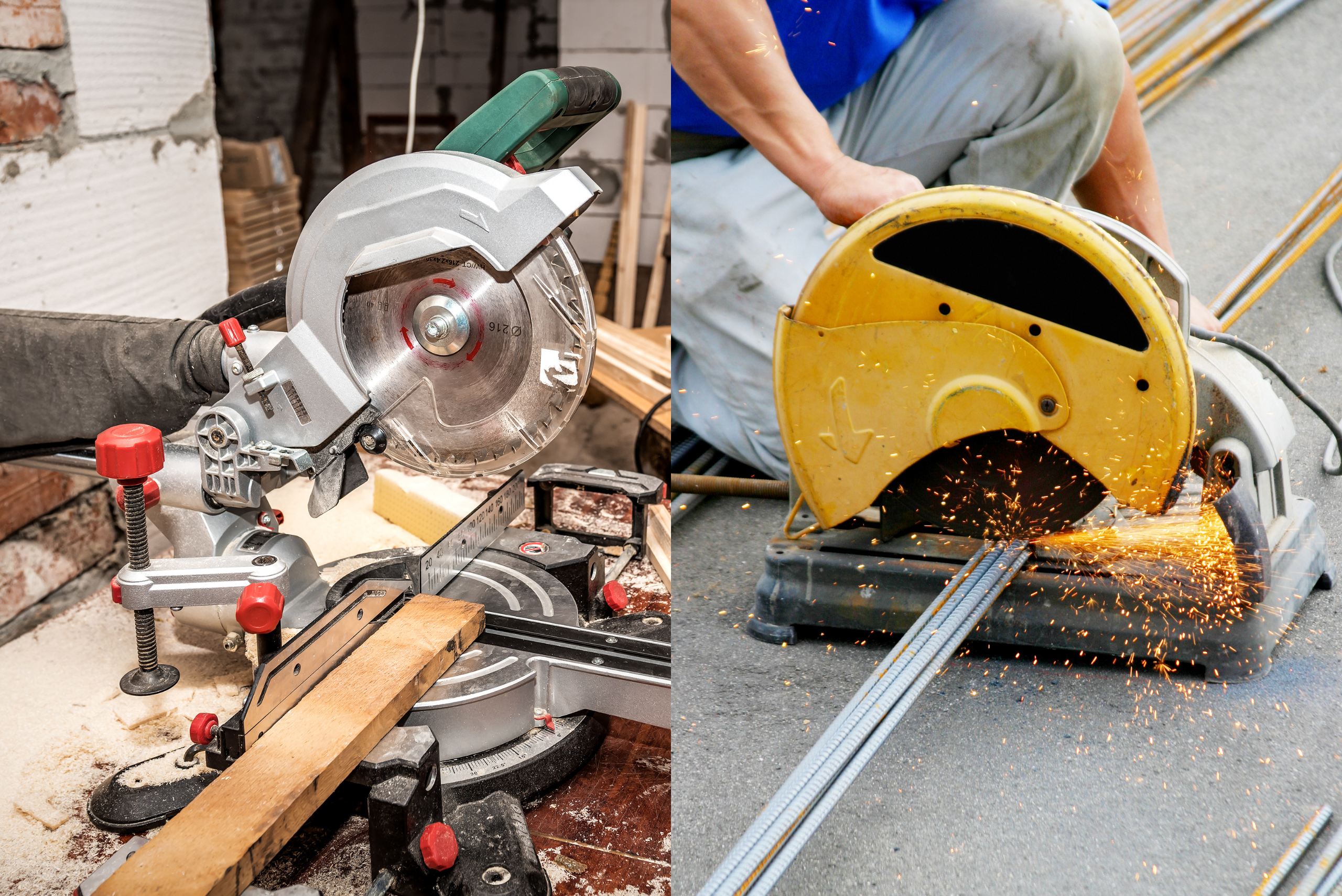
However, if your work mostly involves wood and you need the ability to make miters or beveled cuts, the chop saw won’t be the right choice. In this case, it’s better to invest in a miter saw that will give you the flexibility and precision required for woodworking projects.
Maximizing Your Efficiency and Accuracy with the Right Saw Choice
No matter which saw you choose, it’s important to use it correctly to maximize efficiency and ensure accuracy in your cuts. For chop saws, this means securing your material firmly and using the appropriate blade for the material you’re cutting. For miter saws, it involves setting the correct angles and making sure your blade is sharp for clean cuts.
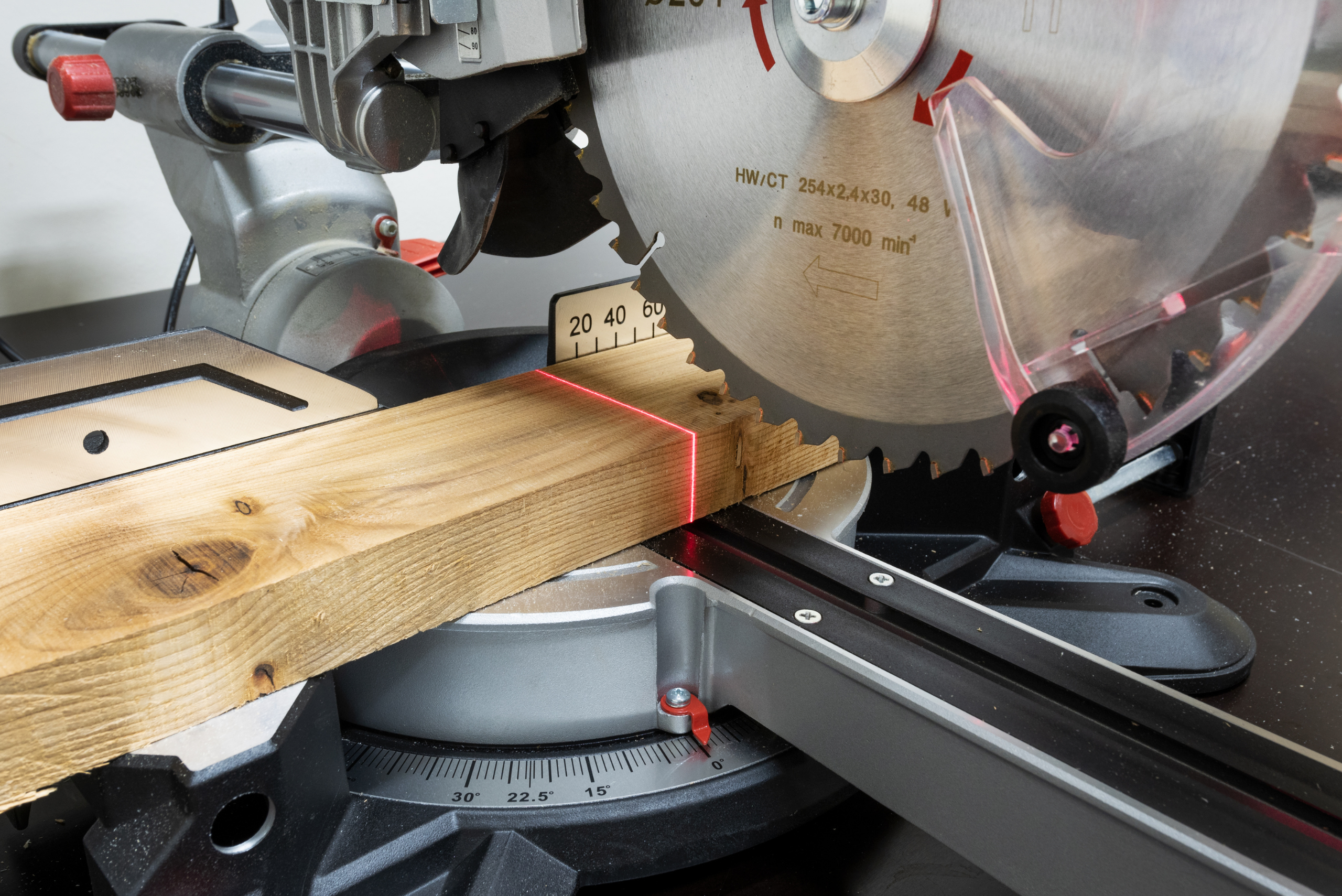
By understanding the strengths of each saw and using them as intended, you can achieve professional-grade results in your work. Remember that while a chop saw is built for power and simplicity, a miter saw offers a higher level of precision and versatility for angled cuts.
Related Articles:
- Top Picks for the Best Miter Saw – ManMadeDIY’s Recommendations
- How to Drill, Saw, Plane, or Do Almost Anything Straighter
- Choosing the Right Saw: Breakdown of Different Types
The chop saw and miter saw are two valuable tools that serve different purposes in the world of DIY and construction. By recognizing the unique capabilities of each saw, you can make an informed decision about which is the right tool for your specific project.
Whether you’re cutting through steel with a chop saw or creating a perfect angle with a miter saw, knowing the difference between these tools is the key to achieving the results you desire. So before you make your next cut, consider the material and type of cuts needed, and choose wisely to ensure your project’s success.
Ready to start your next project? Join our DIY community to receive tool tips, how-to guides, and exclusive creative insights. Subscribe to the ManMadeDIY newsletter now! Click here to unlock a world of hands-on inspiration.


